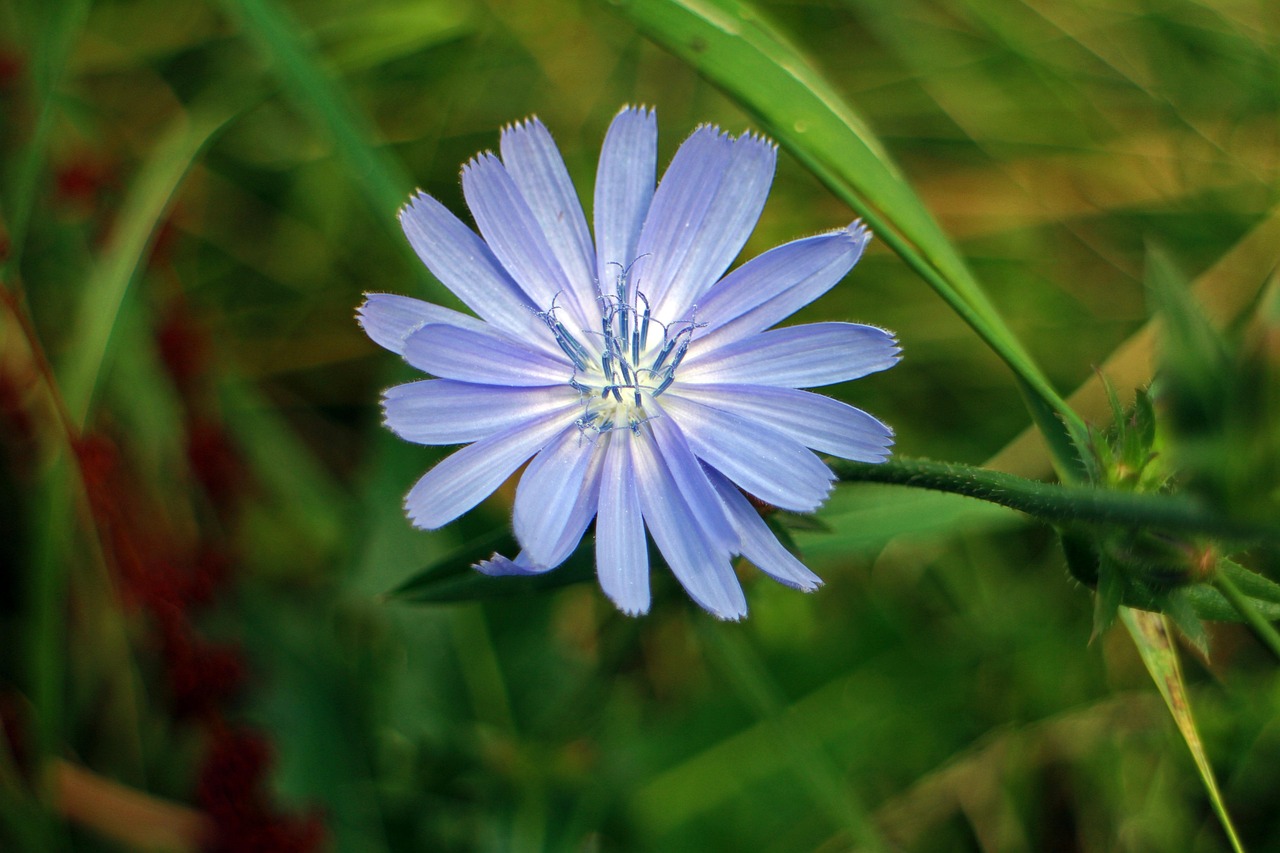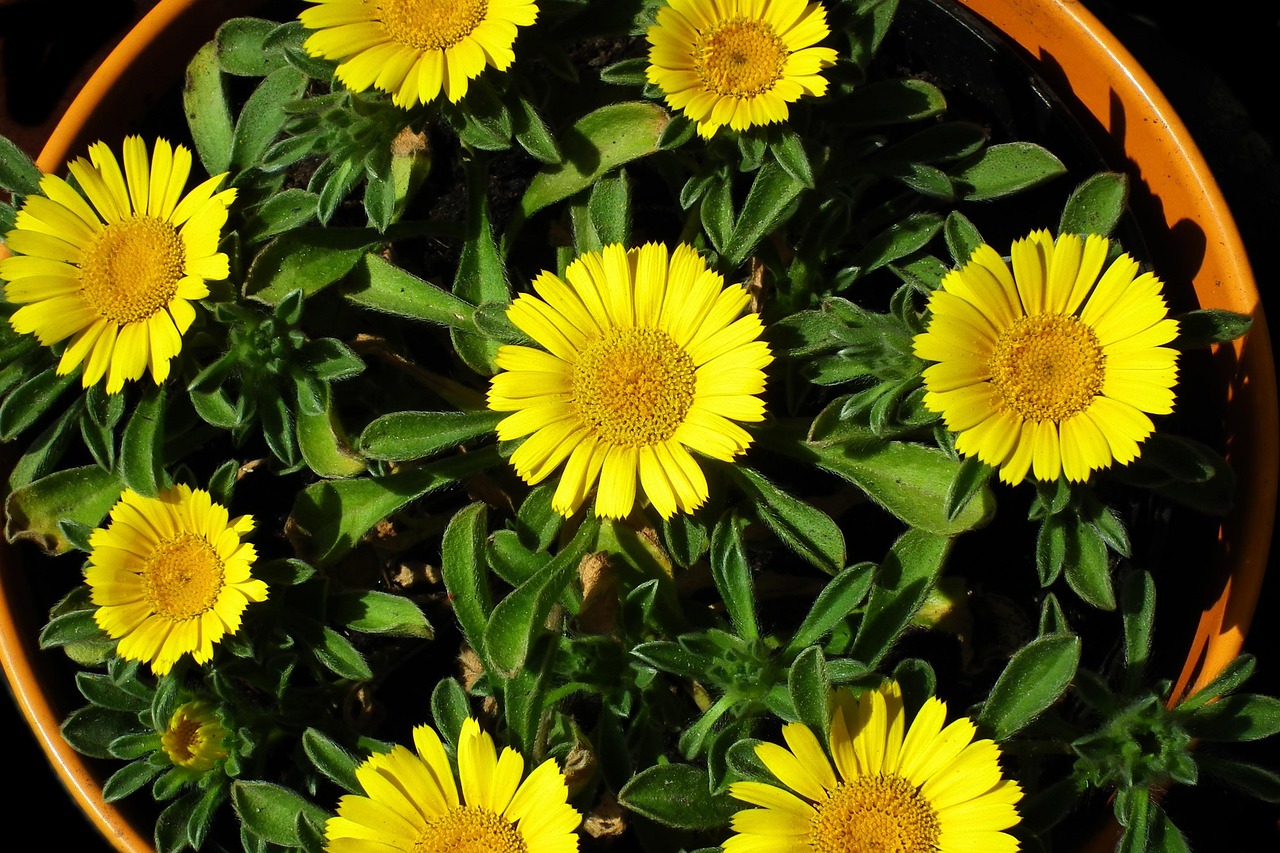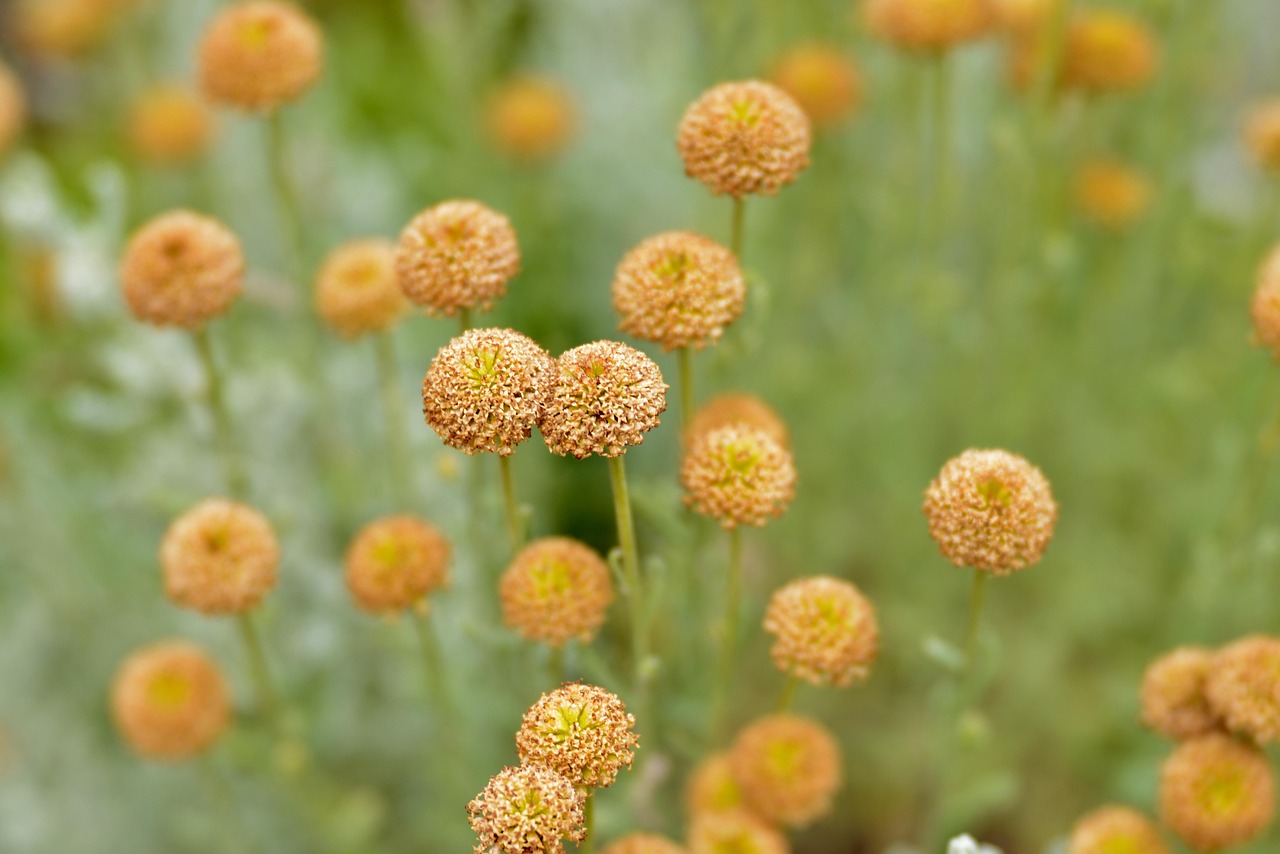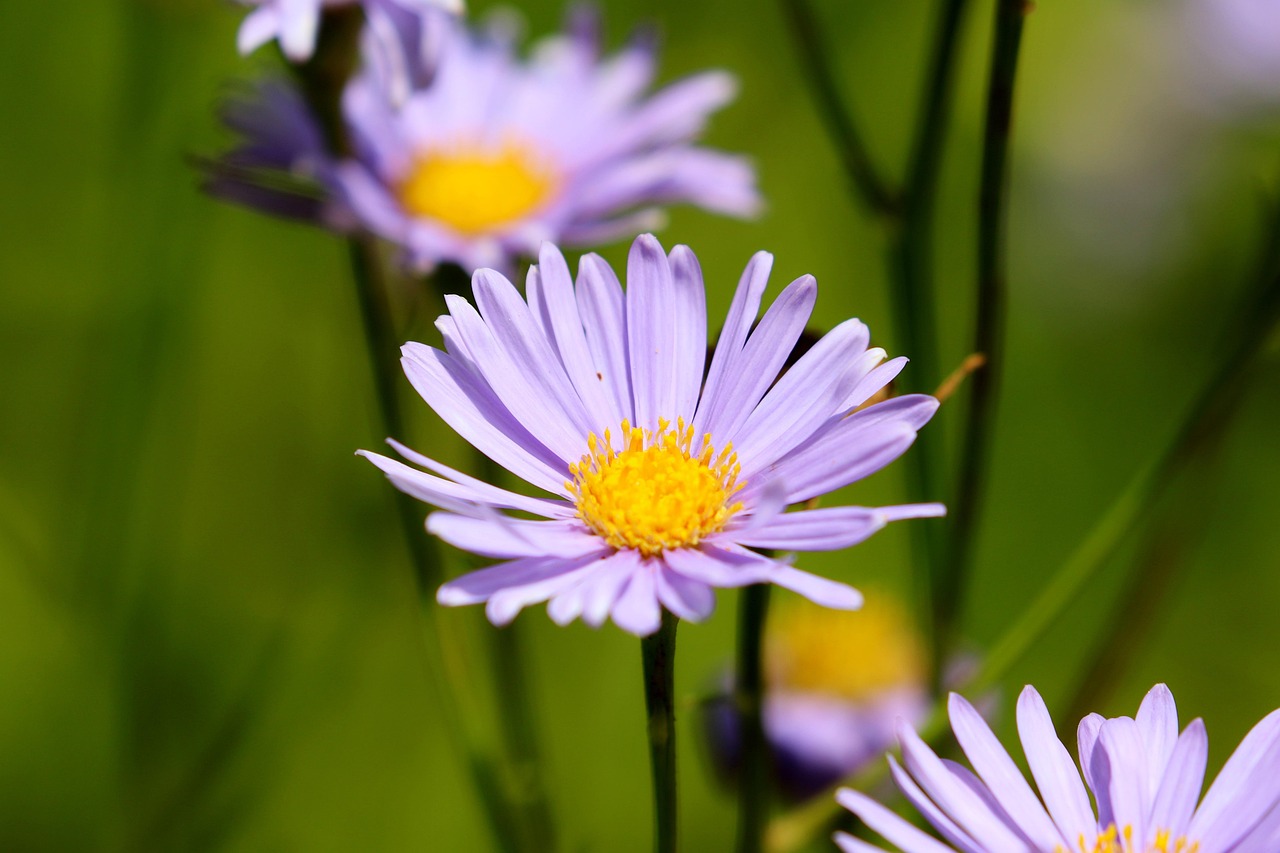Coreopsis | The Yellow Flower Symbolizing the Natural Beauty of America
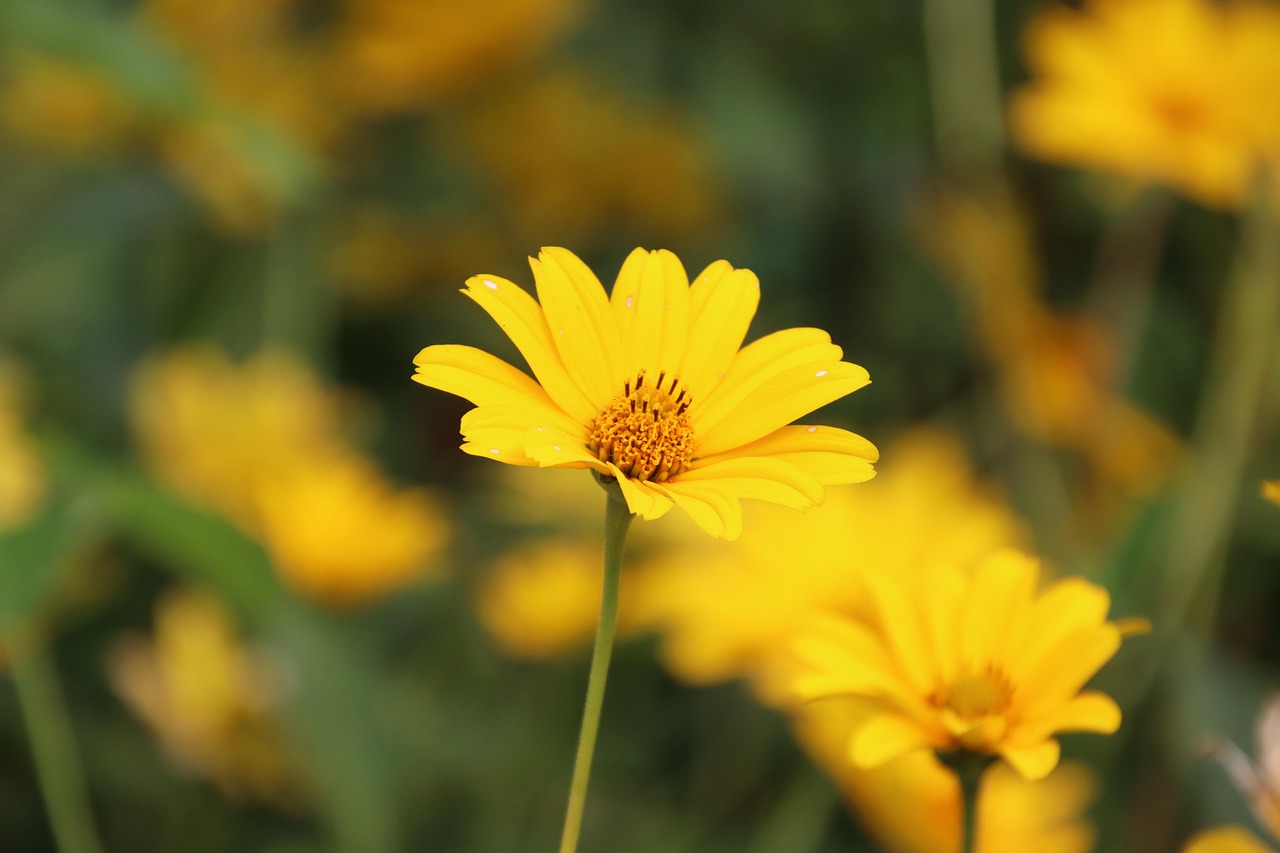
I introduce Coreopsis, a member of the Asteraceae family that produces bright yellow or reddish-brown flowers, bringing vibrancy to summer gardens.
Hardy and drought-tolerant, it is popular even among beginner gardeners because it can be enjoyed in bloom for a long period.
In this article, I will explain in detail the basic information, cultural and historical background, and cultivation methods of Coreopsis.
Basic Information
- Scientific name: Coreopsis spp.
- Family: Asteraceae
- Origin: North America, Central and South America
- Appearance: A perennial or annual plant with slender stems topped with yellow or reddish-brown flowers. Some varieties have serrated petal tips, creating a bright and light impression.
- Blooming season: From early summer to autumn, flowers continue to appear one after another.
Cultural Characteristics Around the World
Coreopsis has been loved in many regions for its vivid colors and long-lasting flowers.
In the United States, it is widely known as “Tickseed” and often planted in gardens and along roadsides, becoming one of the representative flowers of early summer landscapes.
In France, it has been regarded as a “flower symbolizing beauty and hope.” It has been used in garden and park decoration, as well as in floral arrangements and festive adornments due to its bright and lively appearance.
In Mexico and other parts of Latin America, the cheerful atmosphere of Coreopsis is appreciated in festivals and traditional events. Its ability to thrive under strong sunlight has made it a symbol of vitality and prosperity.
Historical Episodes
Coreopsis was introduced to Europe in the 18th century.
Discovered in eastern North America, it was highly valued for its beauty and resilience, and soon cultivated widely in gardens in France and England.
During the 19th century, selective breeding produced a wide variety of flower colors and shapes.
Several states in the United States have adopted Coreopsis as their state flower. For example, in Florida, it has been officially recognized as a state symbol and is often seen along roadsides and in parks. Its toughness and adaptability have also contributed to its use in urban landscaping.
Gardening Advice
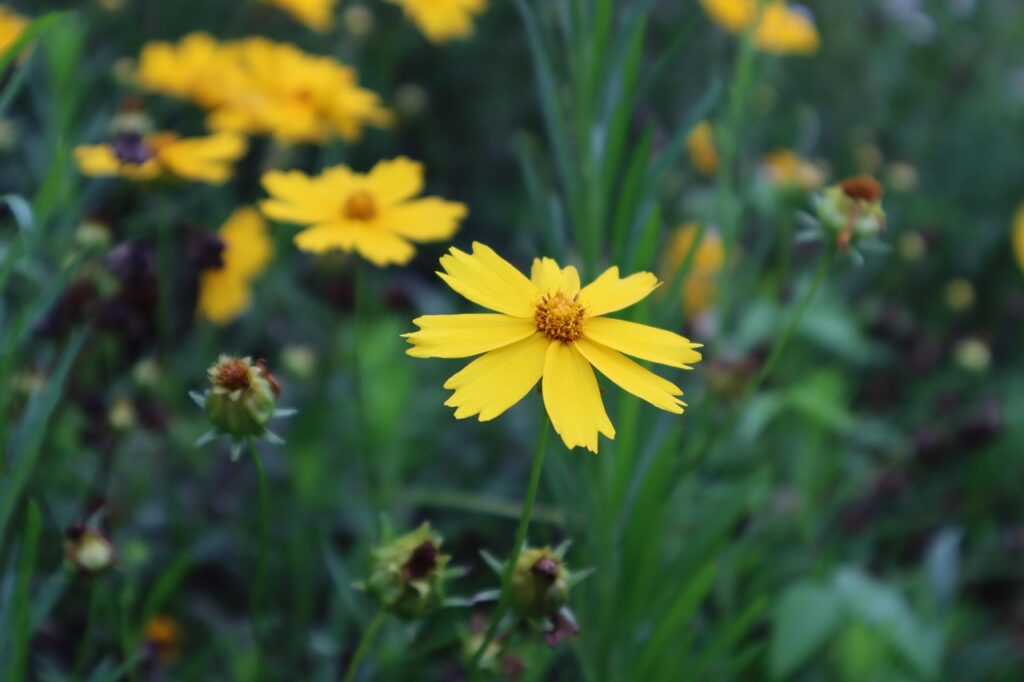
Coreopsis is easy to grow and ideal for adding bright color to gardens. To enjoy beautiful blooms for a long time, keep the following points in mind:
Sunlight
Prefers sunny locations; full light promotes abundant flowering.
Watering
Drought-tolerant; avoid overwatering. Water generously only when the soil is completely dry.
Soil
Thrives in well-drained soil. Sandy soil or soil mixed with leaf mold works best.
Fertilizer
Heavy fertilization is unnecessary. However, during the blooming season, applying liquid fertilizer once a month helps extend flowering.
Pruning
Regularly remove withered flowers to encourage new blooms. Pruning improves the overall flowering performance.
Cold resistance
Many varieties are cold-hardy and can be grown even in cooler regions. However, varieties sensitive to frost should be kept in pots and moved indoors during winter.
Conclusion
Coreopsis, with its bright yellow and reddish-brown flowers, is a member of the Asteraceae family that blooms over a long season.
Known as “Tickseed” in the United States and regarded as a symbol of hope in France, it has been appreciated worldwide.
Since its introduction to Europe in the 18th century, it has been cultivated extensively, improved through breeding, and is now widely used in gardens and urban landscaping.


